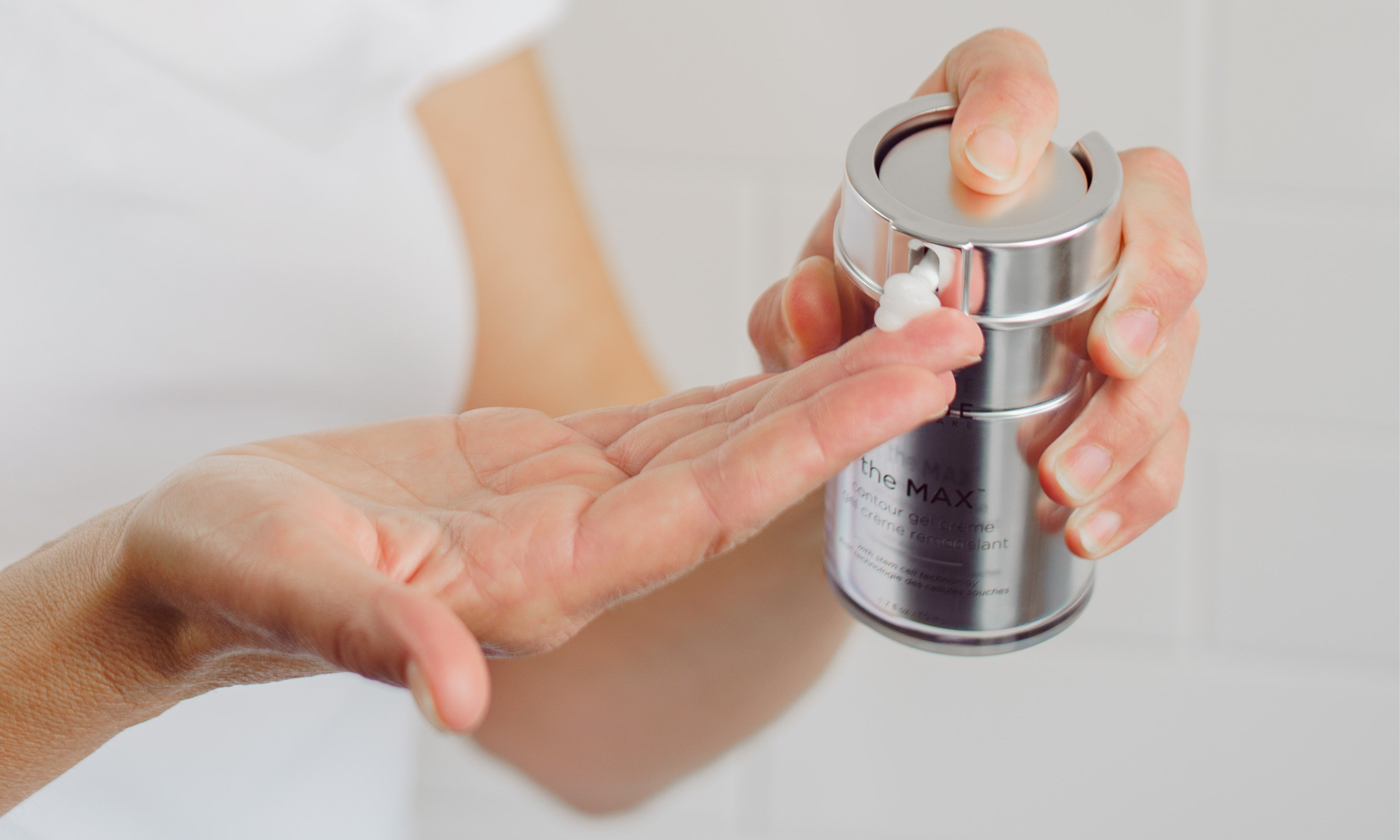
SOS HYDRATION: CHOOSING THE RIGHT MOISTURIZER
You probably hear it all the time: moisturizing is probably the most important part of your skincare routine. Both dryness and the overproduction of oil can cause breakouts and premature skin ageing. So, whether you have dry or oily skin, moisturizing is an essential part of a healthy skin barrier.
Choosing the right moisturizer can be overwhelming when you are faced with thousands of different brands and options available out there. To help you understand a bit more about the basics of moisturizing, we put together a little 6-step guide which will, in turn, facilitate your selection process.
STEP 1: SCIENCE VS NATURE
The best brands usually harness the best of both worlds, meaning that they combine the powers of both natural ingredients and the results of extensive scientific research. However, most of them market their products one way or the other, so your personal preference may help you narrow down your choices to specific brands.
Maybe you are more interested in natural ingredients (such as essential oils) or cruelty-free options and recycled packaging. Or maybe, you simply prefer trusting medical-grade research. Remember here, the choice is always yours––but it may be slightly influenced by your skin type.
Speaking of which…
STEP 2: CONSIDER YOUR SKIN TYPE
The skin on your face is much thinner and sensitive than the rest of your body, that’s why your body moisturizer will not do the trick here.
It is also important to get to know your skin type. If you know you have sensitive skin, it’s always a good idea to look for a moisturizer that is fragrance-free and labelled as hypoallergenic. If you have oily or combination skin, a light, non-comedogenic, oil-free moisturizer is usually your best option. And of course, drier skin types will usually benefit from a richer, dense cream.
If you have dehydrated skin (which differs from dry skin in a number of ways!), we recommend seeking out products containing humectants (hyaluronic acid or glycerin, for example), which will trap moisture on the outer layer of skin.
STEP 3: TEXTURE
You will notice the texture of a product both on your fingertips before application, as well as how it feels on your face post-application. This will help you determine what feels best, which texture you prefer, and what works best for you.
Product texture is also related to your skin type. As a general rule, normal skin does best with a light and non-greasy moisturizer, which can come in a gel form. Those that err on the dry side may need a thicker cream formula that is most effective at “locking in” moisture.
Keep in mind that the seasons may influence which moisturizer you want to use: gels work great for some in the summer, but many may need a thicker cream come wintertime.
STEP 4: ADDED BENEFITS
Many moisturizers come with added benefits, such as an integrated broad-spectrum SPF or a certain shade of tint so that you can skip your foundation.
If you plan on wearing your moisturizer during the day, you may want to ensure it has a broad-spectrum SPF for some level of daily protection from the damaging and ageing effects of the sun. If you’re looking for a smooth, even complexion, you could opt for a tinted moisturizer as the base for your makeup.
Evaluate what you need your moisturizer to do for you and take it from there. There’s nothing wrong with keeping it super simple––but just know there are many time-saving options out there, too!
STEP 5: TEST IT OUT
As long as you don’t experience any allergic reactions, irritations or major flare-ups, keep using your moisturizer daily in order to see how your skin feels after it’s gone through its full regeneration cycle (4 to 6 weeks).
STEP 6: UNSATISFIED? TRY AGAIN
Unhappy with the feel, scent, or texture of your moisturizer?
Unfortunately, finding the perfect moisturizer might take some experimentation. If you’re in doubt, struggling to understand your skin’s needs, or tired of playing trial and error––make sure to book your Virtual Consultation for personalized advice and product recommendations. Expert advice could save you from buying dozens of products that aren't right for your skin!
FINAL TIPS
The best time to apply a moisturizer is when the skin is still slightly damp. After using a gentle cleanser, lightly pat your face and apply a layer of moisturizer to lock in hydration.
Though a good moisturizer is essential, it is just as important to stay hydrated and to get the essential nutrients that are the building blocks for healthy, glowing skin (vitamins, essential fatty acids, protein, etc.).
Here are a few of our favourite BSE moisturizers:
GM COLLIN PARIS SENSIDERM CREAM $60
SKINCEUTICALS DAILY MOISTURE $82
VIVIER SKIN DAILY AGE-DEFYING MOISTURIZER $82
IMAGE SKINCARE PREVENTION+ DAILY HYDRATING MOISTURIZER SPF 30+ $74
Until next time, make sure to hydrate!
Talk soon,
Mathilde

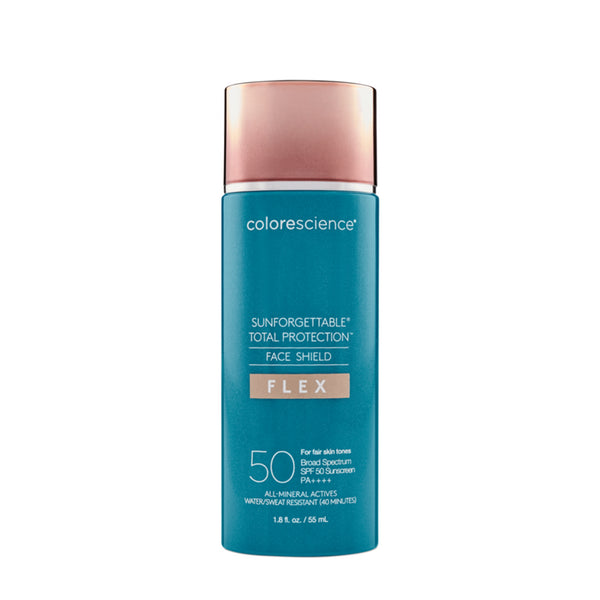
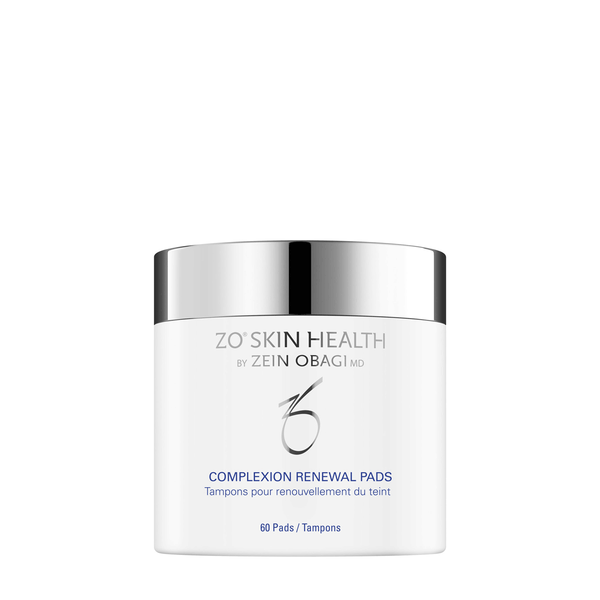
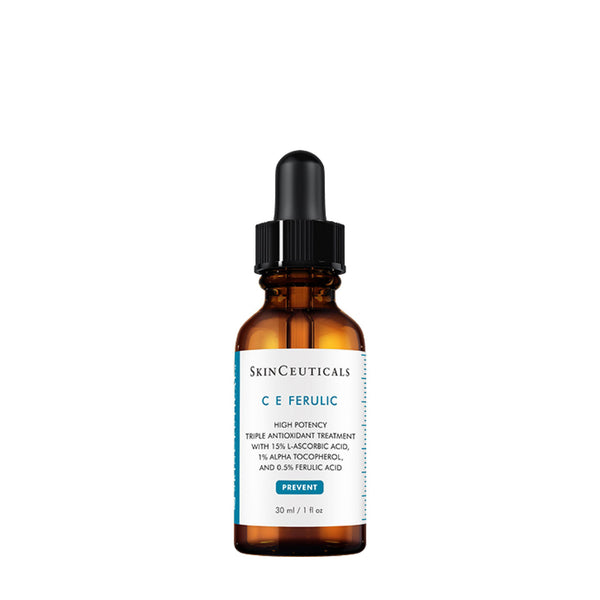
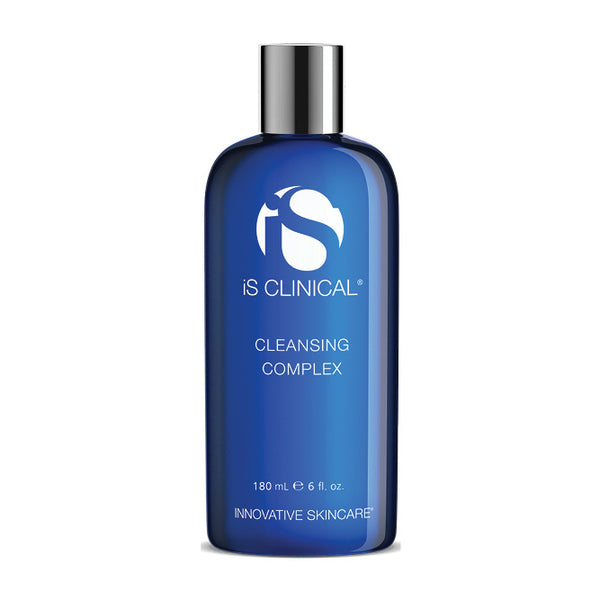
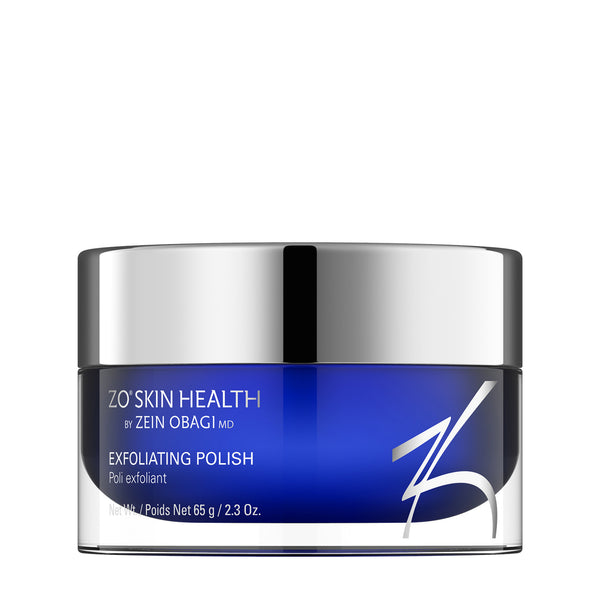



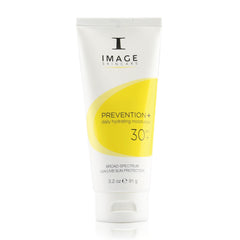

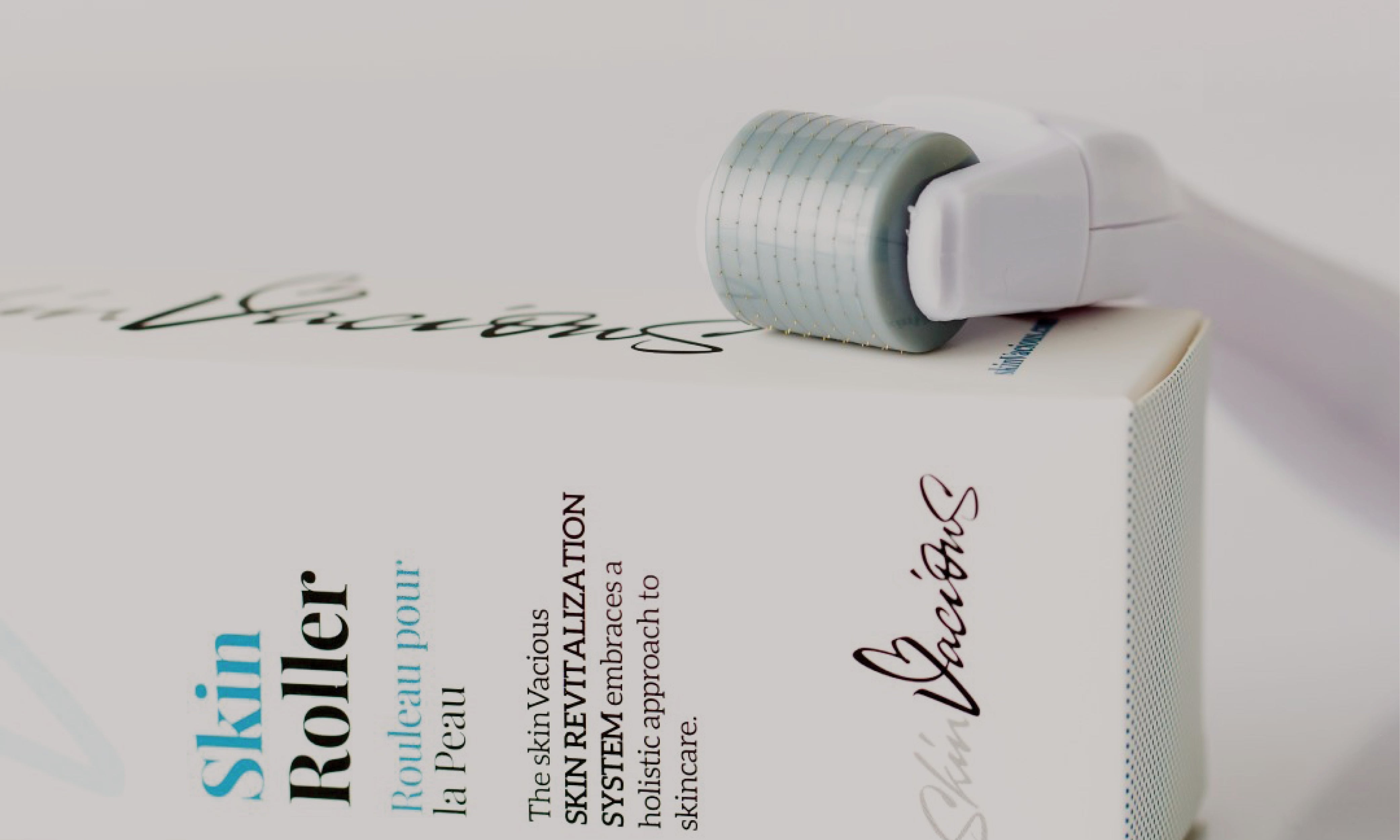



Leave a comment